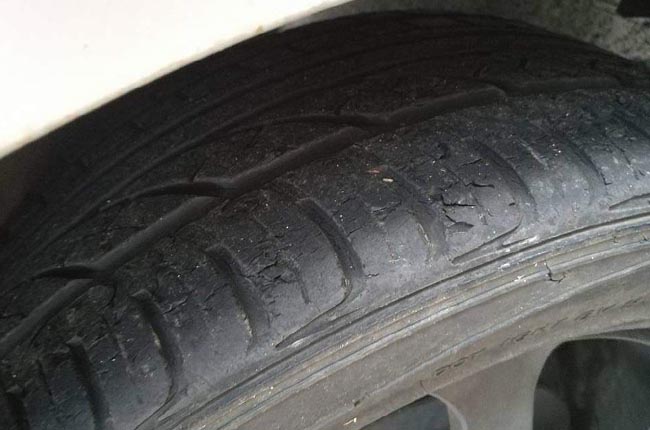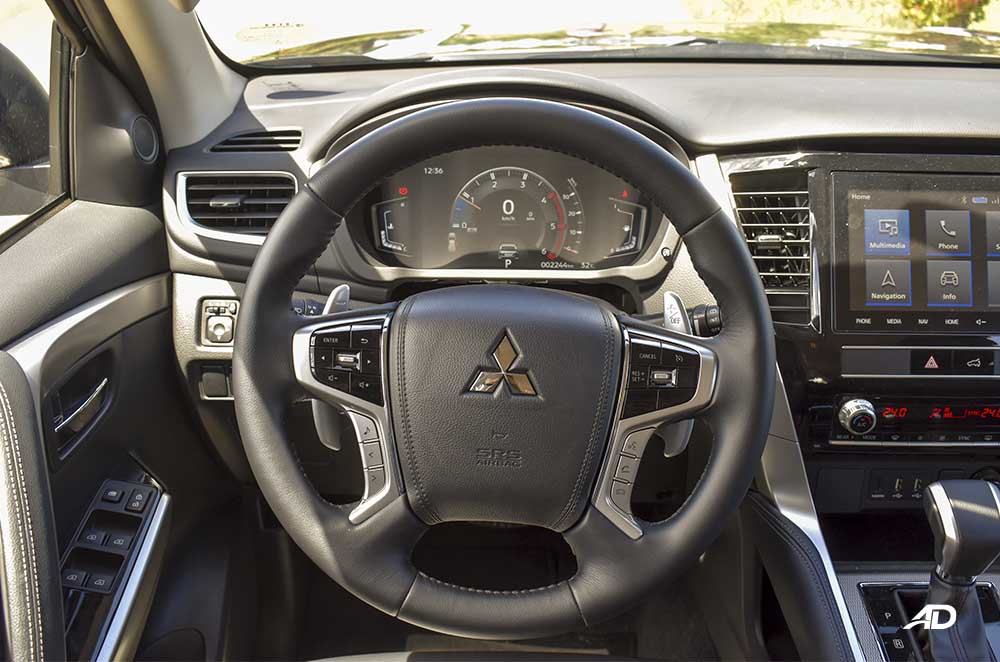
Tires are an important item as part of general vehicle maintenance as they act as your car’s connection to the road. It is important to have these checked every once in a while to see if they are still up to stuff. If these aren’t checked regularly as over time its performance will slowly deteriorate as it will slowly start to lose traction over time decreasing your car’s ability to brake and turn. This brings us to the question, When is the proper time to replace your tires? To help you out here is a quick checklist of things you should do in order to help you determine when it's time to get a new set of tires.
Check your tire tread

The first and easiest way to check if it's time to replace your tires is to check the tire tread. The tread is the part of the tire made from rubber that makes contact with the road. Over time and through driving this layer of rubber will slowly start to deteriorate and will start to become thin.

To check if your tires are still roadworthy all you have to do is look at the wear indicator located along the grooves of the tire. The wear indicator can come in multiple forms but the function remains the same. These can come in the form of large or small chunks of rubber along the tire groove. Sometimes it can be small or large depending on the design of the tread.
If your tire’s tread matches have already reached the wear indicator point then it's a sign that your tire needs to be replaced immediately. Once it hits that point the tire’s handling characteristics and water dispersing capabilities have already been compromised. If your tire hasn't hit the wear indicator yet you can opt to use a tire tread depth indicator tool for a more accurate measurement. You should replace the tire if the measurement of the tread depth comes out to lower than 0.16cm.
Check your tire’s production year

Another way to determine if it's time to replace your tire is to check its production year. On average a normal tire will last anywhere from 3 to 6 years under normal use. You can find your tire’s production year on its sidewall. It is usually denoted by 4 numbers but depending on the tire manufacturer other digits and letters can also be added. What you need to pay attention to is the last 4 digits as this shows you what year and what week of that year your tires were made.

As a tire gets older its rubber compound begins to slowly deteriorate as it has undergone many heat cycles in its lifetime. Once the rubber compound gives out it could lead to the tread chunking and cracking indicating that your tire has been compromised. Once this happens this means that your tires are in dire need of replacement.
Check for tire damage

Having a compromised tire is not only dangerous but it can also cost you more in repairs down the road. Check your tire for any signs of cracks or uneven wear. This could indicate that your tire is on its way out or that something is wrong with your alignment. Either way, it is a sign that your tires should be replaced soon.
Bulges on the tire can also be an indication that its time to replace it. A bulge can happen when the tire has become overfilled with air or when a defect occurs in the manufacturing process. If the tire is still relatively new and still under warranty, you can opt to have it sent back to your local tire supplier and have it changed for a new one.
Check for unwanted vibrations

Another way to determine if your tires are on their way out is to check for unwanted vibrations. These could appear while your driving and could increase in strength the faster you drive. These vibrations could mean numerous things but its likely cause is unbalanced or uneven tires. If a tire isn't correctly balanced it will wear out unevenly causing the tread to be lower on one side compared to the other. With that in mind if the wear difference between tires is greater than the other you should consider replacing it as soon as possible.
On the other hand, unwanted vibrations could also be caused by a misaligned suspension. If you correct it early enough a simple alignment will do and there will be no need to replace your tires. However, if you keep driving with misaligned wheels then you will eventually need to replace your tires as the car will begin to no longer drive straight. With that in mind hopefully this quick list of four things to check will help you determine if its time for you to replace your tires.
Latest Features
-
The difference between wax and polish / Tips & Advice
Confused about whether your car needs a wax or polish? This article will guide you on what they are and what to choose for your car.
-
The 6 things every Ford Ranger must pass before it leaves the factory / Featured Article
Every Ford Ranger, from the base model to the Ranger Raptor, goes through a full inspection process before it leaves the factory. This includes six steps that make sure it’s ready to drive a...
-
Which GAC AION EV is best for your everyday lifestyle? / Featured Article
The GAC AION lineup has something for everyone, maybe you're after space, speed, or just a smooth city drive. Here's a quick breakdown of which model might work best for your day-to-day life...
Popular Articles
-
Cheapest cars under P700,000 in the Philippines
Jerome Tresvalles · Sep 02, 2024
-
First car or next car, the Ford EcoSport is a tough package to beat
Jun 18, 2021
-
Car Maintenance checklist and guide – here’s everything you need to know
Earl Lee · Jan 12, 2021
-
Most fuel efficient family cars in the Philippines
Bryan Aaron Rivera · Nov 27, 2020
-
2021 Geely Okavango — Everything you need to know
Joey Deriquito · Nov 19, 2020
-
Family cars in the Philippines with the biggest trunks
Sep 20, 2023
-
Head to head: Toyota Rush vs. Suzuki XL7
Joey Deriquito · Oct 28, 2020
-
Why oil changes are important for your car
Earl Lee · Nov 10, 2020
-
2021 Kia Stonic — What you need to know about it
Joey Deriquito · Oct 16, 2020
-
Top 7 tips for buying a used car in the Philippines
Joey Deriquito · Nov 26, 2020



